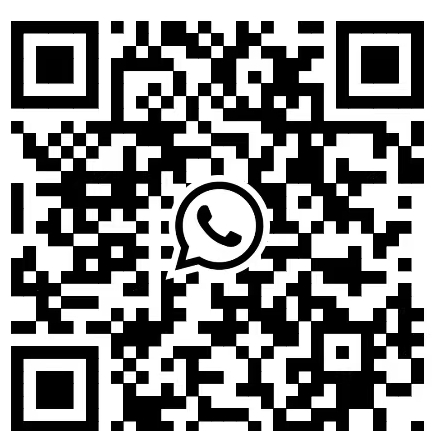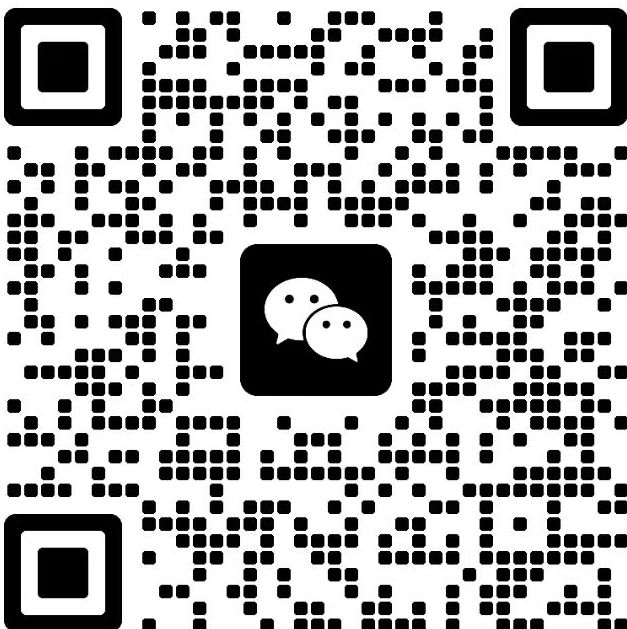star-delta reduced-voltage starting with Chint contactors
Here is the wiring method for star-delta reduced-voltage starting with Chint contactors:
**Required Materials**
- **Contactors**: Main contactor (1KM), star contactor (3KM), delta contactor (2KM). Generally, Chint CJX2 series contactors are selected.
- **Time relay**: Used to control the star-delta conversion time, such as Chint JSZ3 series time relay.
- **Thermal overload relay**: Provides overload protection for the motor. Chint JRS1 series thermal overload relays are recommended.
- **Others**: Air switch, push-button switch, wires, fuses, etc.
**Main Circuit Wiring**
- **Power input**:(L1, L2, L3) from the outlet terminal of the air switch, and connect them to the three input terminals of the main contactor (1KM).
- **Main contactor outlet**: The outlet terminals U1, V1, W1 of the main contactor (1KM) are respectively connected to the three leading ends U1, V1, W1 of the motor. Meanwhile, these three wires (U1, V1, W1) are also connected to the three input terminals of the delta contactor (2KM).
- **Star contactor wiring**: The three outlet terminals of the star contactor (3KM) are respectively connected to the three trailing ends U2, V2, W2 of the motor to achieve a star connection of the motor windings.
- **Delta contactor wiring**: The outlet terminals of the delta contactor (2KM) are connected to the motor windings in the manner of U2→V1, V2→W1, W2→U1 to form a delta connection.
**Control Circuit Wiring**
- **Power supply introduction**:引出一根相线 and one neutral wire from below the air switch as the power supply for the control circuit. The phase wire first connects to one end of the normally closed contact of the stop button (SB1). From the other end of the stop button's normally closed contact, two wires are led out: one connects to one end of the normally open contact of the start button (SB2), and the other connects to one end of the auxiliary normally open contact of the main contactor (1KM). The other end of this auxiliary normally open contact is connected to the other end of the start button (SB2)'s normally open contact to form a self-locking circuit.
- **Connection between time relay and contactors**: From the connection point of the start button (SB2) and the auxiliary normally open contact of the main contactor (1KM), a wire is led to one end of the time relay (KT) coil, with the other end of the time relay coil connected to the neutral wire. Meanwhile, another wire from this connection point connects to one end of the star contactor (3KM) coil, with the other end of the star contactor coil connected to the neutral wire. One end of the time relay's normally closed time-delay contact is connected to the phase wire, and the other end connects to one end of the delta contactor (2KM) coil, with the other end of the delta contactor coil connected to the neutral wire.
- **Interlocking wiring**: The normally closed auxiliary contact of the star contactor (3KM) is connected in series to the control circuit of the delta contactor (2KM), and the normally closed auxiliary contact of the delta contactor (2KM) is connected in series to the control circuit of the star contactor (3KM) to prevent the two contactors from being energized simultaneously and causing a short circuit.
**Inspection and Testing**
- **Wiring inspection**: After completing the wiring, carefully check whether all connections are correct and whether there are loose connections, short circuits, etc. Ensure that the contacts of components such as contactors and relays make good contact and that the wires are securely connected.
- **Insulation test**: Use an insulation resistance meter to test the insulation resistance of the main circuit and control circuit, ensuring it meets the requirements (generally, the insulation resistance should be no less than 0.5MΩ).
- **No-load test**: With the motor unloaded, close the air switch and press the start button. Observe whether the contactors operate in the correct sequence, whether the time relay delays normally, and whether the motor starts smoothly and switches to delta operation. Meanwhile, check whether all components in the control circuit and main circuit work normally, and whether there are abnormal noises, heating, etc.
- **Load test**: After the no-load test is normal, conduct a load test on the motor. Gradually increase the load and observe the motor's operating conditions, including whether parameters such as current, voltage, and temperature are within the normal range, whether the motor starts and runs smoothly, and whether the star-delta conversion process is smooth.
Star-delta reduced-voltage starting is a common motor starting method that reduces the starting current by changing the connection mode of the motor windings (star→delta). It is suitable for cage-type asynchronous motors whose stator windings are delta-connected during normal operation. The following is an analysis of its advantages and disadvantages:
**I. Advantages**
1. **Reduced starting current**
- When starting, the motor windings are connected in star (Y shape), with each phase winding subjected to a voltage of **1/√3 (approximately 57.7%)** of the rated voltage. The starting current is about **1/3** of the direct starting current (delta connection), which significantly reduces the impact on the power grid. This avoids voltage dips caused by excessive starting current, making it suitable for scenarios with limited grid capacity or high requirements for voltage stability.
2. **Simple structure and low cost**
- Only **3 contactors, 1 time relay, and a few control components** are required, eliminating the need for complex electronic devices or special starters. The hardware cost is much lower than methods such as soft starters or frequency converters.
3. **Convenient maintenance**
- The control principle and wiring are intuitive, and the components are highly versatile (e.g., Chint CJX2 series contactors). Post-installation maintenance and component replacement are easy, making it suitable for small and medium-sized enterprises or scenarios with low automation requirements.
4. **Smooth starting process**
- The star-delta switch is controlled by a time relay, enabling automatic conversion from starting to operation, which avoids misoperations during manual switching. The starting process is relatively smooth, with minimal impact on mechanical loads.
**II. Disadvantages**
1. **Low starting torque**
- In star connection, the motor torque is proportional to the square of the voltage, so the starting torque is only **1/3** of the rated torque (\( T \propto U^2 \)). Therefore, star-delta starting is **only suitable for light-load or no-load starting scenarios** (e.g., fans, water pumps), and cannot be used for heavy-load starting (e.g., compressors, loaded conveyors).
2. **Current surge during switching**
- When switching from star to delta, the winding voltage suddenly rises to the rated value, causing a brief current surge (about 2-3 times the rated current). This may lead to power grid voltage fluctuations or mechanical impacts and also affect the service life of contactor contacts.
3. **Limited applicable motor types**
- It is only suitable for **motors that are delta-connected during normal operation** (i.e., motors with 6 winding terminals that can lead out U1/U2, V1/V2, W1/W2), and cannot be used for star-connected motors or other special winding structures.
4. **Fixed starting time**
- The switching time is set by a time relay. If the setting is incorrect (e.g., switching too early or too late), it may cause starting failure or reduced efficiency. The time parameters need to be repeatedly adjusted according to the motor power and load characteristics, with poor flexibility.
5. **No stepless speed regulation**
- It is only used for the starting phase. After starting, the motor runs at full speed and cannot achieve speed regulation like a frequency converter, resulting in a single function.
**III. Application Scenarios and Alternatives**
- **Applicable scenarios**: Light-load starting of three-phase asynchronous motors (e.g., water pumps, fans, small machine tools), especially suitable for occasions with limited grid capacity and the need to reduce starting current.
- **Alternatives**:
- **Heavy-load starting**: Use autotransformer reduced-voltage starting, soft starters, or frequency converters to provide higher starting torque.
- **Requiring speed regulation**: Directly select frequency converters to achieve integrated starting and speed regulation control.
- **Simplified control**: For small motors, consider using finished star-delta starters (e.g., Chint NZ8 series) with higher integration and more convenient wiring.
**Conclusion**
Star-delta reduced-voltage starting is the first choice for light-load starting due to its low cost and easy maintenance. However, limited by torque and switching impact, it is necessary to select it reasonably according to the motor load characteristics. If higher starting performance is required, it is recommended to choose a more suitable starting method based on actual needs.


